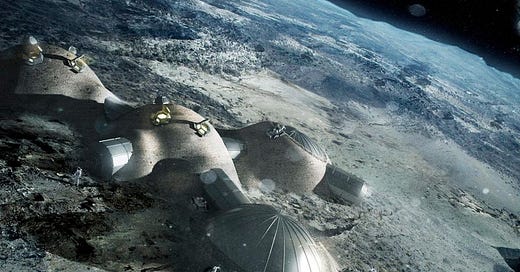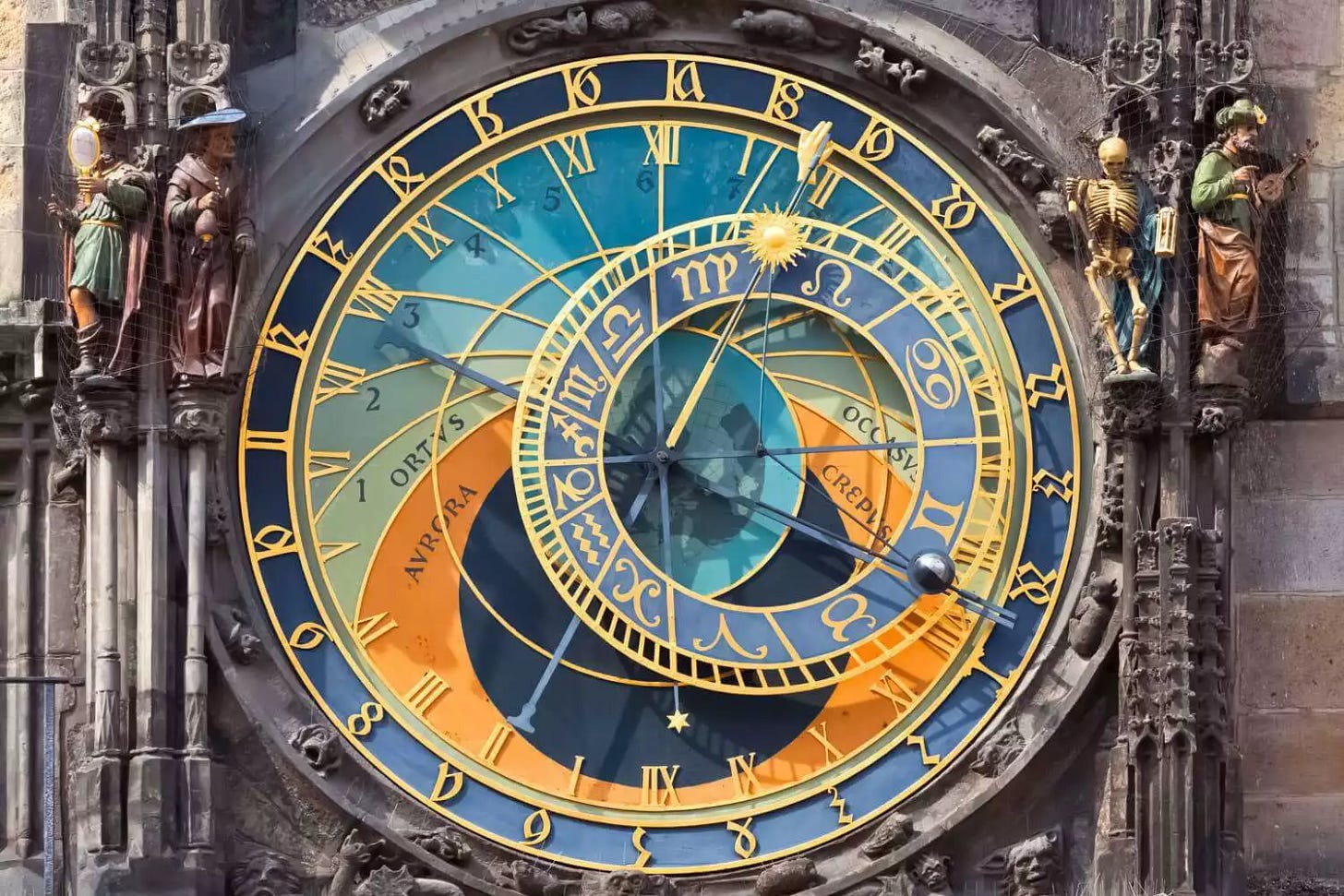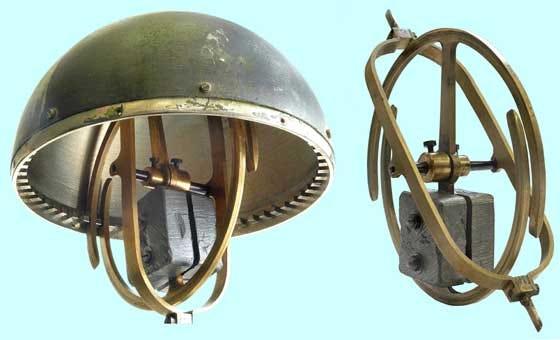Join Design Lobster #98 as we set a course to our nearest astronomical neighbour. This week we’re exploring the challenges of designing on the lunar surface and admiring a delightful clockwork moon made here on Earth. Design to the Moon! 🚀🌜
✨Enjoying Design Lobster? Please share it with a friend, colleague or fellow designer. ✨
Question: How might we build on the Moon?
With the flurry of government and private sector activity over the past few years it seems likely that humanity will once again set foot on the lunar surface this decade, perhaps this time permanently. The challenges of designing structures that will support human life on the moon however are prodigious. The lack of atmosphere means there is no protection from solar radiation or meteorites and surface temperatures vary between 127 to -173 C (260 to -343F). Being nearly 400,000km away from Earth also means that moving materials there by rocket launch is extremely difficult and expensive.
A project undertaken by the ESA in collaboration with the architects Foster and Partners aimed to address these challenges by using a novel 3D-printing technique to build a lunar habitat with the moons own soil – known as regolith - as the primary building material. First, a framework would be inflated on the site of the habitat, and then robots would get to work heaping regolith onto it in layers, before 3D-printing a bone-like structure on each layer for structural support. Liquids boil away in a vacuum, but by immersing the printer head under the soil, capillary action prevents this from occurring while printing. Once complete after 2-3 months, such a habitat would protect lunar explorers from radiation and meteorite impact, with the original inflated framework acting as a pressurised living quarters.
The challenges of designing on the moon intensify questions that designers face on Earth. How can we be economical with the resources we use, and take advantage of our context to create something that solves a problem in an elegant way.
Design takeaway: How could your design be thriftier in the way it uses resources?
🛰 Watch how a lunar base could be 3D-printed
Object: Prague Astronomical Clock (Pražský orloj)
This remarkable clock was first installed on the south wall of the Old Town Hall in Prague, Czechia in 1410. Added to over the centuries by many craftsmen, it shows an array of horological measurements including Local Prague time, Old Prague time, the Zodiac, Sunrise, Sunset and a form of Medieval timekeeping called Unequal Hours. The colours in the background of the clock represent the sky at different times of day, with the sun over the darker section at night and the orange sections at dawn and dusk. Beneath all of this, in a pair of windows just outside of the picture, a procession of twelve moving clockwork Apostles adds hourly drama.
The clock is unique in the world for having a mechanism inside its moon dial that’s powered entirely by gravity. A 57-gear dial proceeds by two gears a day to rotate a 15cm painted sphere in order to show the current phase of the moon. It’s believed that this mechanism was created in 1659, but the craftsmen involved and their creation process is still a mystery.
I love the way this clock widens our field of view, showing the current state of the local solar system as well as the time on Earth. I’d like to see more design that links us with the cosmos!
Design takeaway: How could your design connect people to our wider planetary and cosmic context?
🌕👼 Skip to 1:19 in this video to see the so-called Walk of the Apostles under the clock
Quote: “We make our world significant by the courage of our questions and the depth of our answers.”
– Carl Sagan
Riffing on the cosmic theme, I found this quote from astronomer Carl Sagan and thought it felt particularly apposite for designers. In our work, the more bravely we can enquire, the richer our designs become.
Ask a courageous question this week,
Ben 🦞
Enjoyed this week’s Design Lobster? Let me know by clicking the heart button ❤️
👇






